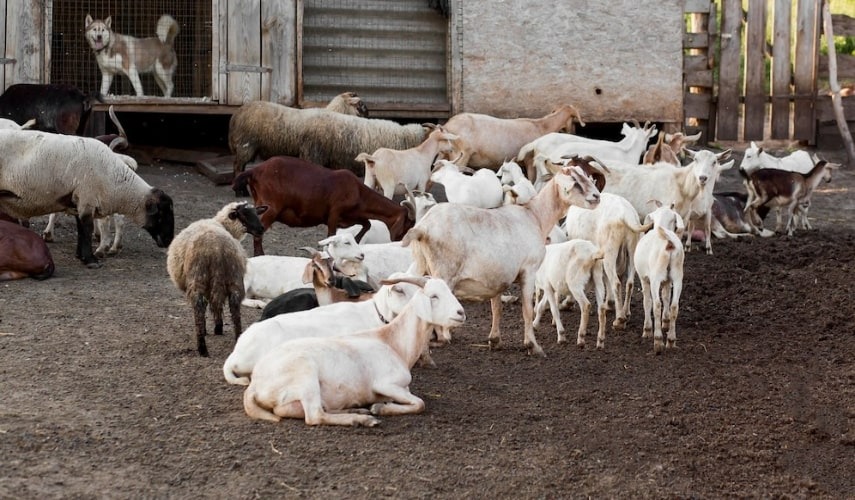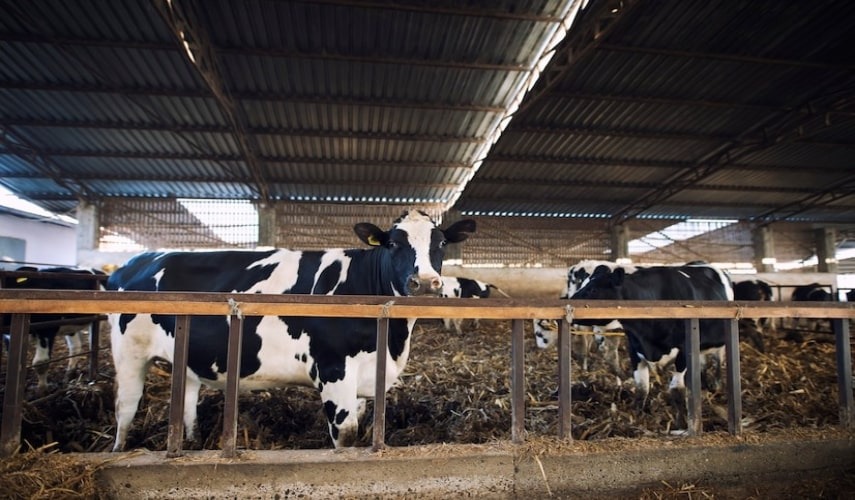Fattening, also known as finishing, is a crucial phase in livestock production that involves feeding animals with specialized diets and management practices to achieve rapid weight gain and improve meat quality. This essential process is employed to maximize the animals’ growth potential and overall performance, contributing to the sustainable production of high-quality meat products. In this article by SUDCCO, we will delve deeper into the concept of fattening, its significance in agriculture, and the various methods used to achieve desired outcomes.

Fattening in Livestock Production
Fattening is the final stage in the life of livestock before they are ready for market or slaughter. It is a critical period during which animals convert feed into muscle, fat, and other tissues, thereby increasing body weight. The primary objective of finishing is to achieve efficient feed utilization while promoting the accumulation of fat in the appropriate portions of the animal’s body, leading to optimal meat quality.
The Significance of Fattening Livestock
In this section, we are going to the significance of Fattening in Livestock Industry:
1. Improved Meat Quality
The fattening process significantly impacts the quality of meat produced. Adequate fat deposition within muscle fibers enhances the taste, tenderness, and juiciness of meat, making it more appealing to consumers. Properly fattened animals also have better marbling, which enhances the flavor profile and texture of the meat.
2. Maximizing Production Efficiency
Efficient fattening practices lead to rapid weight gain and shorter finishing periods, resulting in increased overall production efficiency. Properly managed finishing programs ensure that livestock reaches market weight at the right time, minimizing feed costs and optimizing resource utilization.
3. Meeting Market Demands
Fattening allows farmers to respond to market demands for specific types of meat products. Different consumer preferences, such as grass-fed, organic, or premium meat, can be catered to by adjusting the finishing methods and feed regimes accordingly.
Methods of Fattening Livestock
The goal of fattening is to efficiently utilize feed resources while maximizing the animals’ growth and overall performance. In this section, we will explore various methods of finishing used in livestock production and their significance in the agricultural industry.

1. Conventional Feeding
The conventional method of fattening involves feeding livestock with a balanced diet consisting of grains, forages, protein concentrates, and minerals. This method is commonly practiced in feedlots and farms and is designed to achieve rapid weight gain in a relatively short period. Conventional feeding is particularly suitable for cattle, sheep, and pigs, and it requires careful monitoring of feed composition and animal health.
2. Intensive Feeding
Intensive feeding is a high-energy and high-protein diet program, often supplemented with growth promoters and feed additives. The goal is to accelerate the animals’ growth and shorten the fattening period, thereby increasing overall production efficiency. Intensive feeding is common in modern livestock operations and can lead to higher feed conversion rates and faster weight gain.
3. Grazing and Pasture Finishing
In contrast to conventional methods, pasture finishing involves grazing livestock on open pastures or forage fields. This method is commonly used for cattle and sheep and is considered more natural and sustainable. Grazing allows animals to consume fresh forage, promoting better nutrient utilization and healthier meat production. Pasture finishing is particularly popular among consumers seeking grass-fed and organic products.
4. Silage and Total Mixed Rations (TMR)
Silage and TMR are widely used methods for fattening ruminants. Silage is produced by fermenting green fodder crops, while TMR is a carefully formulated mixture of various feed ingredients, including grains, silage, protein concentrates, and minerals. These diets are customized based on the animals’ nutritional requirements and allow for efficient use of feed resources, resulting in steady weight gain.
5. Phase Feeding
Phase feeding involves adjusting the diet based on the animals’ growth stage and nutritional needs. Different diets are provided during specific phases of fattening, allowing for better nutrient utilization and performance optimization. Phase feeding is common in the poultry industry, where starter, grower, and finisher diets are used to support the birds’ growth at various stages.
6. Restrictive Feeding
Restrictive feeding involves controlling the animals’ access to feed, often used to manage weight gain and improve meat quality. This method is commonly employed for certain livestock breeds, especially when producing specialty products like veal or premium beef. Controlled feeding helps develop marbling in the meat, resulting in a higher grade product.

A note from SUDCCO
In this article by SUDCCO, we talked about fattening. Fattening is a critical component of livestock production that significantly impacts meat quality and overall production efficiency. Employing appropriate feeding practices and management strategies is essential in achieving the desired results. As the demand for high-quality meat products continues to grow, continuous research and advancements in finishing methods will remain crucial in meeting consumer expectations and maintaining the sustainability of the livestock industry. Farmers and producers need to adopt effective finishing practices to optimize their resources and contribute to the production of premium meat products for the global market.
FAQs
What is the purpose of fattening livestock?
The primary purpose of finishing livestock is to increase their body weight and improve the quality of their meat. By providing them with optimal nutrition and care, farmers aim to achieve marketable weight and desirable carcass characteristics for better meat production.
How long does it take to fatten livestock?
The duration of the finishing period varies depending on the species of livestock, the initial weight, and the desired market weight. Typically, the fattening period can last from a few months to several months.
Can I fatten livestock on pasture alone?
While pasture-based systems can support some weight gain in livestock, achieving rapid and consistent fattening typically requires supplementing their diet with concentrate feeds that offer higher energy levels.

